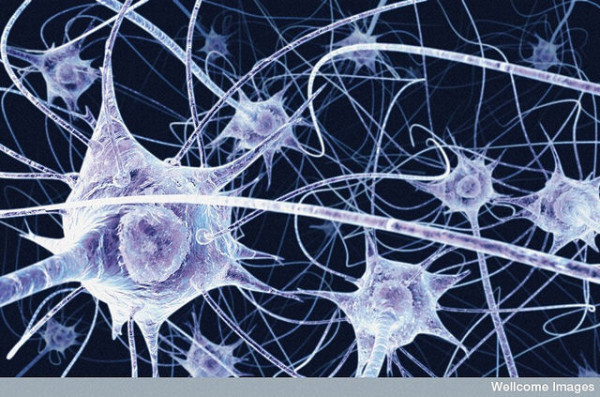With the rise in incidence of the Zika virus in recent months, another rare disease has also come to the public’s attention. So far in the US, there have been two cases of Guillain-Barre syndrome linked to the Zika virus. Guillain-Barre syndrome is an extremely rare autoimmune disorder of the nervous system that can lead to paralysis among other symptoms.
The cause of the Guillain-Barre syndrome is not known. The disease is not contagious. However, it is often brought on by infections, either viral or bacterial. Scientists believe that an improper or inadequate immune response to this primary infection may cause the onset of Guillain-Barre. The patient’s immune system then starts to attack the myelinated sheath, the insulating membrane that surrounds nerve axons, which conducts nerve impulses throughout the body.
Symptoms include common signs of neurologic distress and damage, including tingling in the extremities, upper and lower body weakness, loss of balance, and pain that worsens at night. Guillain-Barre syndrome can be diagnosed by a physician using laboratory tests (like complete blood counts and metabolic panels) and nerve and pulmonary function tests (like electromyography or nerve conduction studies). It is important to identify and begin treatment for this disease early to prevent further complications and permanent nerve damage.
Image Source: Ed Reschke
Treatments include immunomodulation as well as physical and speech therapy. Immunomodulation treatment involves providing the patient with immunoglobulins intravenously to support and stimulate the functions of the immune system. Typically, the long-term prognosis is generally positive. This means that most patients can recover almost fully in the long run from Guillain-Barre syndrome. Patients usually follow up with their physicians for years after their diagnosis, and treatment in later years usually turns to reducing symptoms, often fatigue or disrupted sleep.
This rare disease can be very frightening for a patient and their family since symptoms typically are not evident until later into the progress of the disease. It is important to learn more about the syndrome and understand the implications of a diagnosis to help support patients in their recovery.
Feature Image Source: B0004164 Neurons in the brain – illustration by Wellcome Images










